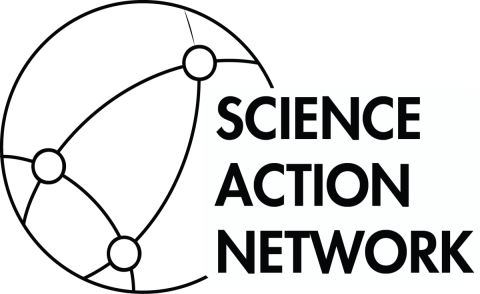
Enabling scientific collaboration for disaster planning and response.
Background
The Deepwater Horizon disaster of 2010 was the largest marine oil spill in U.S. history. Three years later, Superstorm Sandy swept the North East, leveling buildings and destroying critical infrastructure in New York City. Both disasters highlighted a shared weakness in the system of emergency response: the slow uptake of non-governmental science and scientific expertise into critical local, regional and national response planning and decision-making. Low trust between academic scientists and responders hinders critical collaboration.
As environmental disasters become increasingly frequent and more severe due to climate change and extractive resource use, a more efficient system of coordination between science and decision-making in preparation and response to these disasters is imperative.
Where We Started
Science Partnerships Enabling Rapid Response (SPERR) was initiated by Jane Lubchenco (Under Secretary of Commerce for oceans and atmosphere and NOAA administrator) and two Stanford University Institutes, the Center for Ocean Solutions and ChangeLabs, in late 2013. Together, with a team of high-level advisors from academic institutions and federal response agencies, they conducted over 100 in-depth interviews with key stakeholders in academia, government, and industry to understand the obstacles to and enablers of effective scientific collaboration across the crisis planning and response system.
Solution
SAN is a solution uniquely powerful in addressing these scientific collaboration challenges by creating a network of academic and professional scientists that are linked to regional government planning and response bodies to coordinate and streamline scientific input for disaster preparedness and decision-making.
Goals
1. Bridge cultural gaps between response agencies and academic scientists and create new norms for scientific collaboration
2. Drive disaster-relevant and interdisciplinary scientific research through novel academic-agency partnerships and funding opportunities
3. Catalyze cross-disaster and cross-institutional scientific exchange
Vision
The SAN would link academics with federal, state and local emergency responders. In each emergency response region non-governmental scientists from academic institutions, professional societies, and scientific NGOs could contribute to pre-incident preparedness efforts and develop new collaborative research initiatives relevant to fill knowledge gap that emerge during drills and scenario-testing. During a disaster response effort, if necessary, government agencies could access Hub members' scientific expertise in a rapid, streamlined manner because collaborative, high-trust relationships would already be in place.
What's Next
Under the implementation leadership of the Center for Spills and Environmental Hazards (at UNH), we are piloting the core functions of the Network in two regions, with focus on extreme storm events and oil spills. We actively seek partners and academics from across the country and disciplines to help test the Network over the course of the 16 month pilot.
Additional resources
- View a YouTube Video Overview
- SAN Factsheet
- SAN originated from the Scientific Partnerships Enabling Rapid Response (SPERR).
- The SPERR Report
- Call Scientists Before Disaster Strikes by Lindley Mease, Theodora Gibbs-Plessi and Jane Lubchenco. Earth & Space Science News (EOS.org) 2/15/2016.
Contact Us
Nancy E. Kinner, Ph.D. professor, Civil and Environmental Engineering, University of New Hampshire (UNH); UNH director of Coastal Response Research Center (CRRC); director, Center for Spills and Environmental Hazards (CSE)